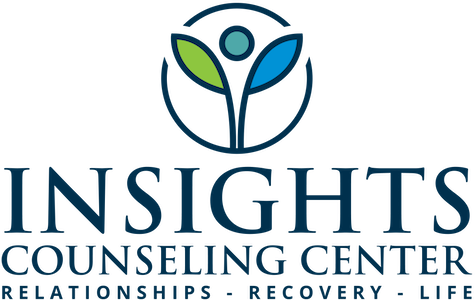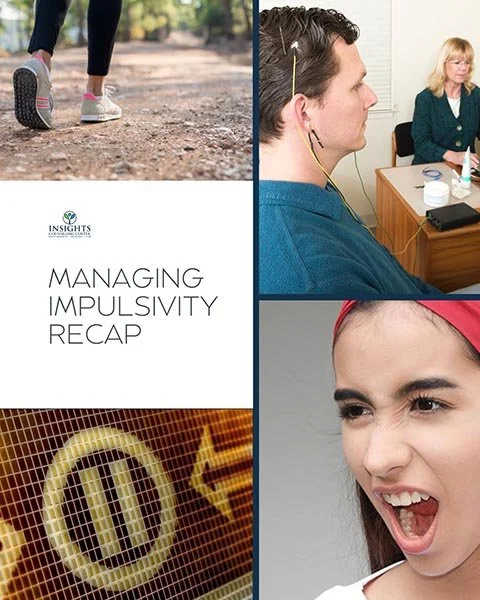Managing Impulsivity: Series Recap
From Reaction to Intention—One Pause at a Time
We tend to think of impulsivity as a personal flaw. But what we’ve explored in this series is something deeper—and more hopeful:
Impulsivity isn’t who you are. It’s how your brain, body, and relationships respond under stress.
And like any pattern, it can be understood. Slowed. Rewired.
Not through willpower alone, but through rhythm. Reflection. And support.
Whether you’re a couple stuck in reactivity, a parent navigating emotional outbursts, or someone working to stay present in recovery, the same truth applies:
Pause. Notice. Choose. That’s how change begins.
Below you’ll find a summary of all ten posts in the series, followed by journaling prompts to help you apply the insights to your own life.
In Case You Missed One: Series at a Glance
Part 1: How to Stop Saying Things You Regret
Couples Therapy
Impulsivity often shows up in conflict through harsh words, defensiveness, or withdrawal. This post explored Gottman-based tools to pause, self-soothe, and reconnect with care.
Part 2: When Reactivity Is a Trauma Response
Betrayal Trauma
Impulsive reactions like checking, rage, or shutdown aren’t irrational—they’re trauma responses. We looked at how stabilizing patterns reduce survival-driven behavior.
Part 3: Impulse vs. Intention in Recovery
Sex Addiction Recovery
Recovery isn’t just about avoiding relapse—it’s about learning to slow down when urges arise. This post explored how structure and pause create sustainable emotional sobriety.
Part 4: When You’re Flooded
Gottman Method
Flooding hijacks your ability to respond thoughtfully. We unpacked how heart rate, DPA, and self-soothing routines make space for repair instead of escalation.
Part 5: Holding On vs. Lashing Out
Emotionally Focused Therapy (EFT)
Attachment insecurity can drive impulsivity in relationships. This post explored how EFT helps couples reach for connection instead of protest or withdrawal.
Part 6: Impulsive Decisions at the Crossroads
Discernment Counseling
When you’re not sure whether to stay or go, impulsivity can take over. We looked at how slowing down leads to clarity—even when the relationship’s future is uncertain.
🔄 Part 7: Rewiring the Pause
Neurofeedback
Impulsivity often starts in the brain, not behavior. This post explained how neurofeedback helps create calm, flexibility, and better access to self-regulation.
Part 8: Helping Kids Develop Impulse Control
Children’s Therapy
Impulsivity in kids isn’t disobedience—it’s a skill still under construction. We explored co-regulation, play therapy, and how children learn to pause with support.
Part 9: Guiding Teens Toward Wise Decisions
Teens & Young Adults Therapy
For adolescents, impulsivity often peaks as identity forms. We discussed how therapy (and neurofeedback) support teens in building pause, insight, and agency.
Part 10: Breaking Impulsive Cycles in Families
Family Therapy
Impulsivity runs in systems, not just individuals. This post explored how family therapy helps households interrupt reactivity and create rhythms that hold everyone steady.
Journaling (Choose the Ones You Want)
Pick the prompt or prompts that feel most accessible to you.
– Where does impulsivity most show up in my life or relationships?
– What does my body feel like just before I react?
– What are three moments I’m proud I slowed down and chose differently?
– What structure or rhythm could I create that helps me pause more easily?
– Who helps me stay grounded—and how do I want to keep showing up with them?
Keep Choosing What Holds
Managing impulsivity is less about control and more about capacity. You don’t need to be perfect—you just need to keep practicing the pause.
If you or your family are ready to create new relational patterns and strengthen your ability to respond instead of react, our therapists are here to help. Schedule a session today and start building rhythms that support who you’re becoming.

